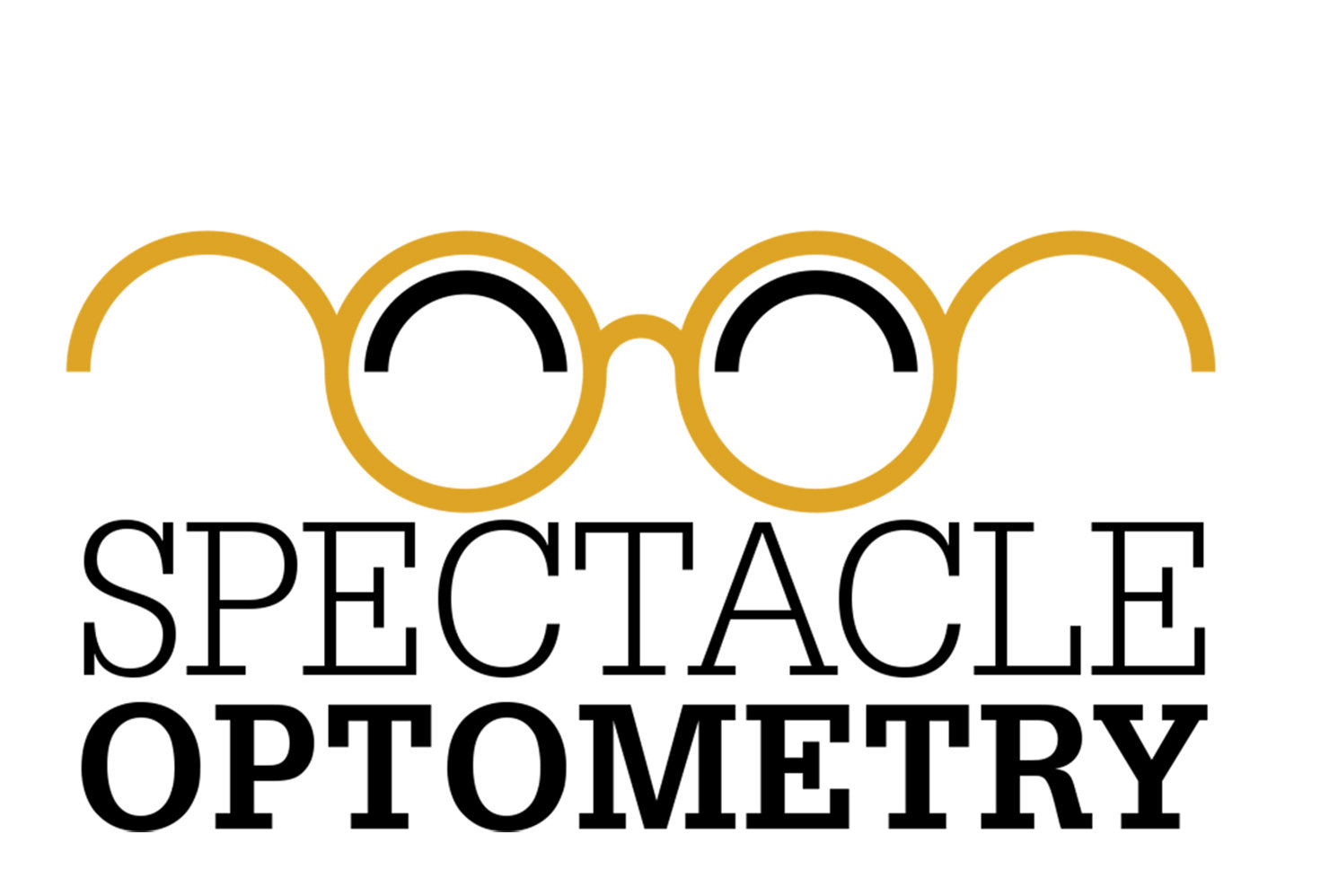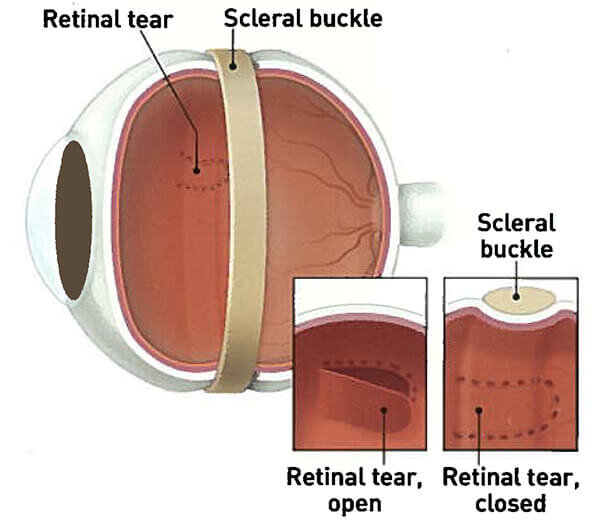LOOKING THROUGH THE BUBBLE
Make sure to read Part 1 of my retinal detachment story before beginning Part 2 below…
The waiting room of an eye specialist is an all too familiar place for my mom and me. We’ve been in several throughout the years, and I could see that look of worry, the rush of emotions from all those experiences coming back to her. This time was different though. I knew the procedure options, I knew the risks, I knew the worst-case scenarios, so I came in at least a little more prepared. Several optometrists and students on their extern rotations came in to look at my eye. I’ve been in their shoes and tried to be the best patient possible so they could learn from my experience. After a while, Dr. Timothy You, the retinal specialist at Orange County Retina, came into the exam room laying out our three options…
1. Pneumatic retinoplexy. A procedure in office where they inject C3F8 gas into the vitreous space, fluid filled part of the eye, to push on the vitreous and retina as a means to gently nudge my detachment back into place. I’d be holding my head in a certain position for almost a week to ensure we pushed on the correct area of the retina with the gas and would return for laser to tack the retina in position once it was flat again.
2. Scleral Buckle Surgery. They do a full surgery to place a silicone ring around my eye to make it smaller and move the retina closer to the detachment. Laser or cryotherapy will then be used as glue to keep that retina in position. However, the scleral buckle would leave my prescription in that eye at about a -2.00 (currently +1.00). From my experience with my patients, there have been some issues with scleral buckles long term.
3. Vitrectomy with gas insertion. This is a full surgery where they remove all the vitreous, the liquid in the back of my eye, and replace it with artificial fluid while also injecting the gas bubble. This gas is a little different in the fact that I’d be face down 24/7 for 6-8 weeks as it takes longer to settle and reposition the retina in its place. With my age, this is the riskiest option because I’d have increased risk for an extremely early cataract and other complications.
My head tilt… I dare you to keep your head like this 24/7 for almost a week!
Due to lack of operating room availability, the decision was made for us. Pneumatic Retinoplexy was going to begin in just a few minutes. The techs came in to numb the area for the intraocular injection. Dr. You came in shortly after and injected the gas into my eye and my world went black. A couple seconds later, some hazy vision returned, and I was left with a big black bubble in my eye. I had no idea that I would be able to see the gas bubble. It’s every movement, shake and quiver, I can physically see. If I looked directly through the bubble, everything was blurry because it was so incredibly magnified by the gas. I was prescribed a drop and a pill to keep my eye pressure controlled, an antibiotic to make sure the injection site doesn’t get infected, and a dilating drop for the pain. I assumed my position, head tilted almost completely to my shoulder, and Dr. You drew a line for guidance to make sure we kept me at that correct angle. Finding and keeping that correct angle while sleeping seemed a little difficult at first, but I got the hang of it in no time!
The next day I returned for my follow up and prayed I’d be ready for some laser already. Let’s keep this train moving toward recovery! I was told that about 50% of my detachment had already been flattened out and was ready for the laser treatment. I’ve never had a laser procedure performed on me, but I’ve seen it done before on a patient. Seemed easy enough. Dr. You said they were going to forego the retrobulbar block as he thought I could handle it without that. Ok, sure? Do I need that? Well, turns out that supposedly makes the laser almost pain free. Without that magical little injection, the laser HURT! It was several jolts of tiny little laser beams to the back of my eye that not only could I feel, but I could also see. It was such a super bright light that it actually caused my good eye to feel the need to close. The laser was performed in the slit lamp, the microscope thing you put your head into during a normal eye exam. To see the retina when he performed the laser, a gonioscopy lens was used, which is basically a large and heavy contact lens on my eye that magnifies the view into my eye. Dr. You controlled the several little shots of laser to seal up my retina. What seemed like hours later (probably only 5 minutes), the laser was done. I felt like I’d been sucker punched in the eye and could barely keep either eye open. My mom could tell I was in pain, even though I’m never one to tell you in the moment that, so she made sure I could take Advil right then and there. She’s an angel! I napped for the remainder of that afternoon and felt pretty good all things considered by that night. Still holding my head in the correct-yet now adjusted to be not so dramatic-angle.
My Christmas gift this year… a reattached retina and a less severe head tilt! Thanks, Dr. You!
I went back about a week later for a follow up and to see if more laser was needed. Dr. You said that everything looked good, but because of the risks of re-detaching, he wanted to reinforce the area with more laser… a lot more laser! This time around he said he would give me the retrobulbar nerve block injection to help with the pain. Yay!! But wait, after having it done, I take back everything I said about it being a magical little injection to make things pain free. IT WAS NOT!! The shot itself was pretty painful having an injection go through my eyelid and entire eyeball. Ouch! It made my eye swell so much it was forced to shut and numbed the entire top half of my face and head. Also, I could still feel the laser! Ugh! This laser procedure was actually completely different than the first as well. This time he had the laser machine connected to a headset, that I’ve often used when viewing a patient’s dilated eye. He taped my left eye shut and had to pry my now very swollen right eye open to perform the laser. This time I could physically see the zigzagging lightening flashes of the laser and STILL felt every little jolt. Knowing what I do about Dr. You, that he is the best at what he does and an amazing retinal surgeon, I knew I was in excellent hands, and the pain was only temporary for the best outcome imaginable. Afterwards, Dr. You said the reinforcement laser went extremely well! Now we wait… wait about four more weeks for the bubble to diminish on it’s own in my eye. We wait until then to be cleared to workout, lift items, and go up in elevation, so no snowboarding trip this year. And we wait until that bubble goes away to see if I have any (most likely minimal) peripheral vision loss from the laser treatment. I’ll continue follow up care with Dr. You over the next several months as the retina is still very fragile and at risk for re-detaching or tearing.
My eye and my bubble, in the top of this view but actually at the bottom of my view, about two weeks after the second laser treatment.
My experience with a retinal detachment is certainly a unique one, so also is my outlook on the whole situation. I’m glad it happened! Crazy, I know, but stay with me… I’m glad the car accident happened to me, who would not want to damage the young kid’s life for one error in judgement he made. I’m glad I can be the one to spread the need for puppy seatbelts and to tell everyone to use them every single time their puppy is a passenger with them, no matter how short your drive or the size of your puppy. I’m glad the retinal detachment happened to me who had the resources of taking a regular optomap images and knowledge to analyze each photo (and text several other doctor friends for confirmation). I know if this were to happen to someone else, that because the symptoms were so minimal and several months after the accident, they might not have been so lucky and could have suffered even further permanent vision loss. I’m glad I was able to be a good patient for the students on their rotations to see, so they can stop further vision loss and know the signs to watch for in their future patients. I’m glad I’m able to share my experience here as an education tool for many who may not know the ins and outs of retinal procedures. I’m glad I now have a real-world reference when I explain to patients about the importance of an annual retinal optomap photo. Life truly is all about how you react to scenarios thrust upon you without notice and what you can take away from each and every one to better equip you for the next one. But here’s to hoping I have a little time before my next big one!







